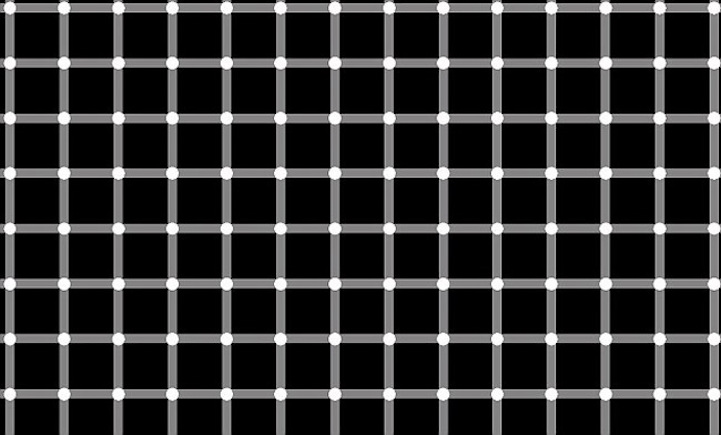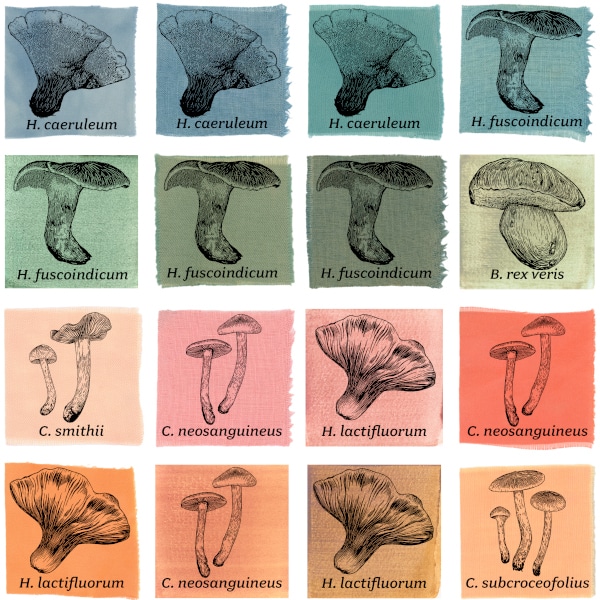Take a good, hard look at the image above. No matter how long you stare, there is a flutter of black dots that glitter at the intersections of the gray lines. It seems like there are only three or four of them at a time, but in reality there are 12. This stupefying optical illusion occurs because your brain won’t let you see them all at once—even once you’re convinced that all the dots are there.
Game developer Will Kerslake recently brought this visual trick to the internet’s attention, and it’s caused the world to scratch its collective head and make us ask ourselves, “How does it work?”
A scientific paper from October 2000 called Variations on the Hermann Grid: An Extinction Illusion provides some insight to how this phenomenon occurs. The abstract reads: “When the white disks in a scintillating grid are reduced in size, and outlined in black, they tend to disappear. One sees only a few of them at a time, in clusters which move erratically on the page. Where they are not seen, the grey alleys seem to be continuous, generating grey crossings that are not actually present.” This crowding makes it hard to recognize these objects, as we typically “do not combine information from multiple fixations in a fully integrated and detailed representation.”
So, how many dots can you see at once?
Here's the same picture. Look again. You'll see a totally different set of dots.

And here's another one to try. All the dots in this illusion are white, but some appear black:

via [Mashable]























































































